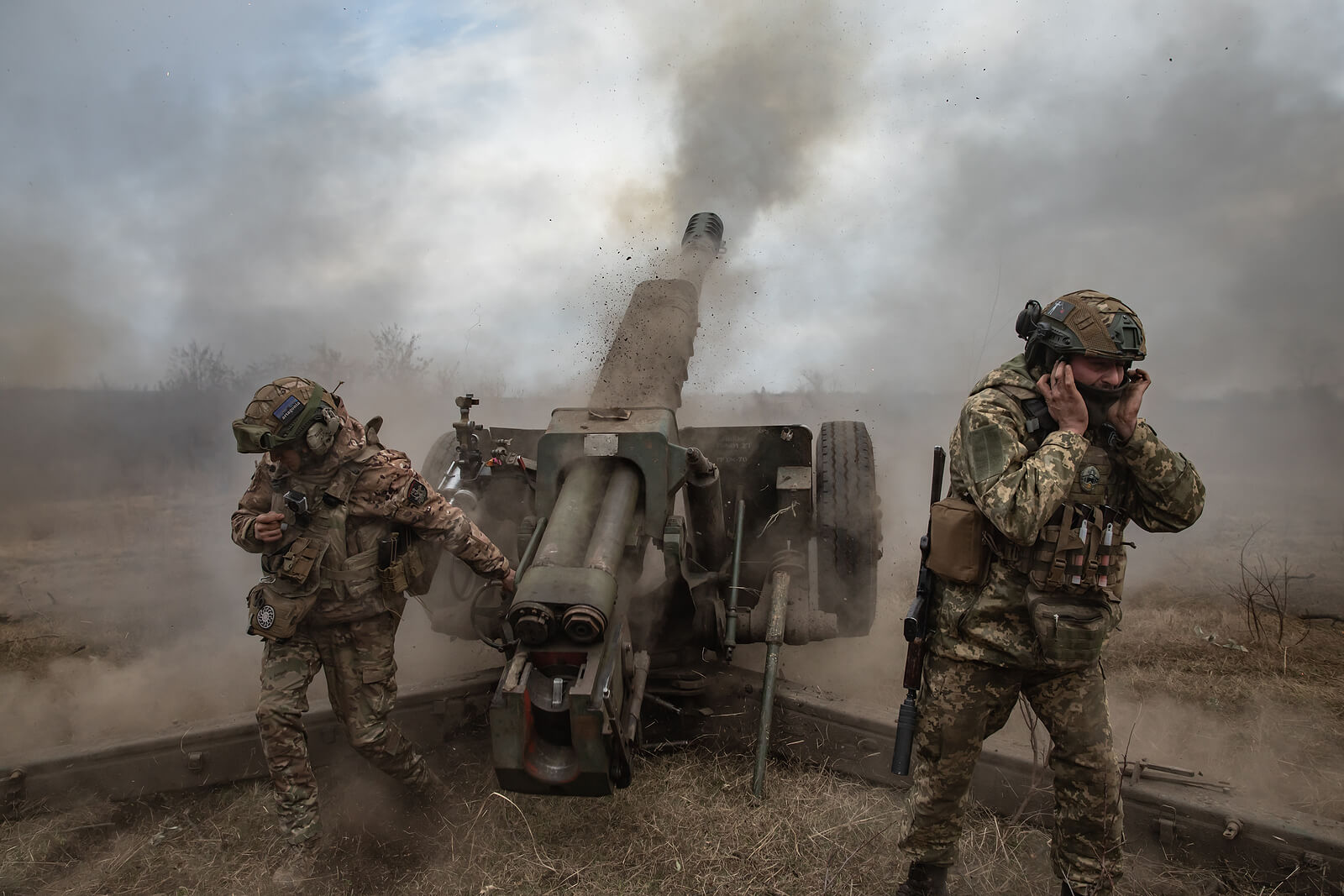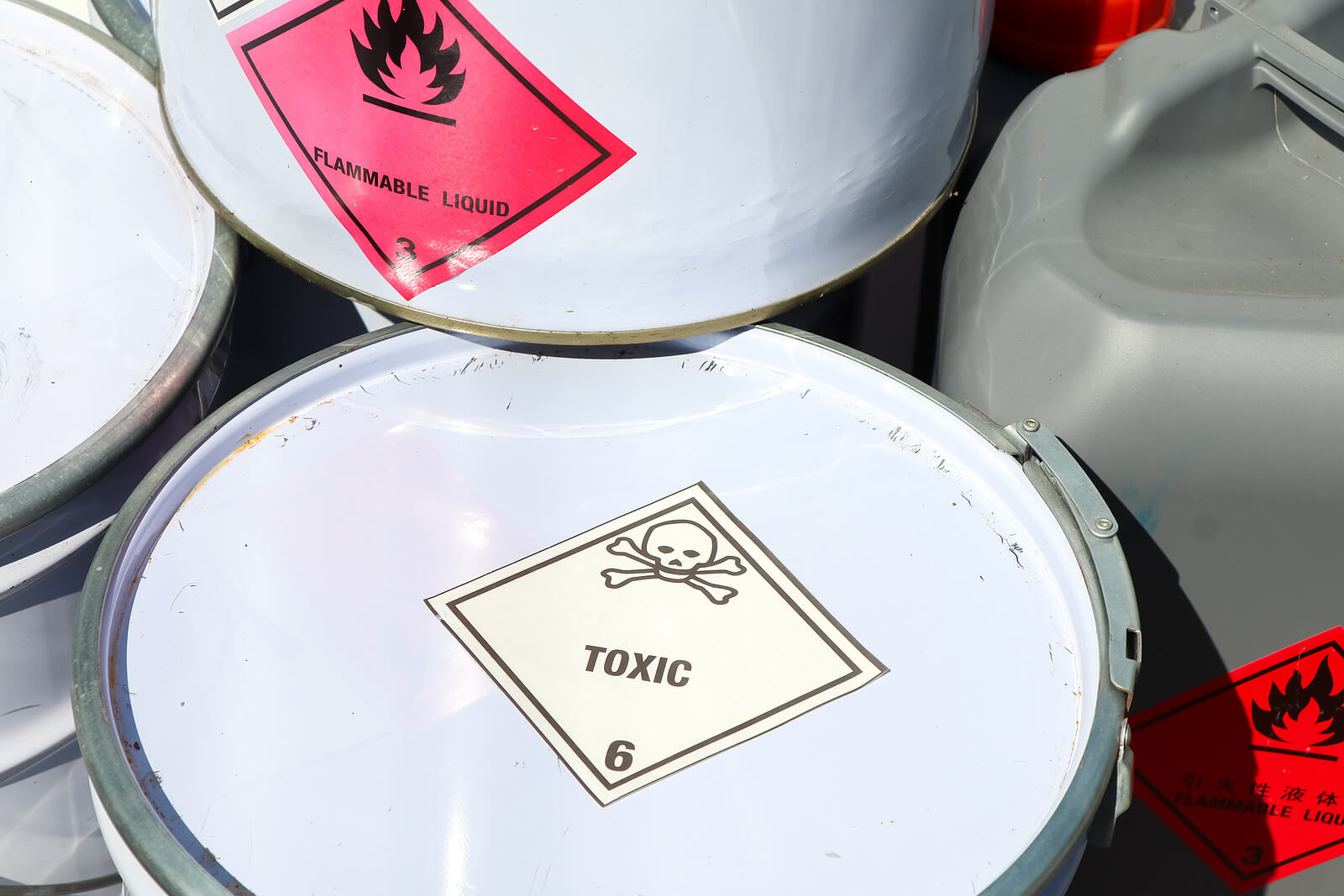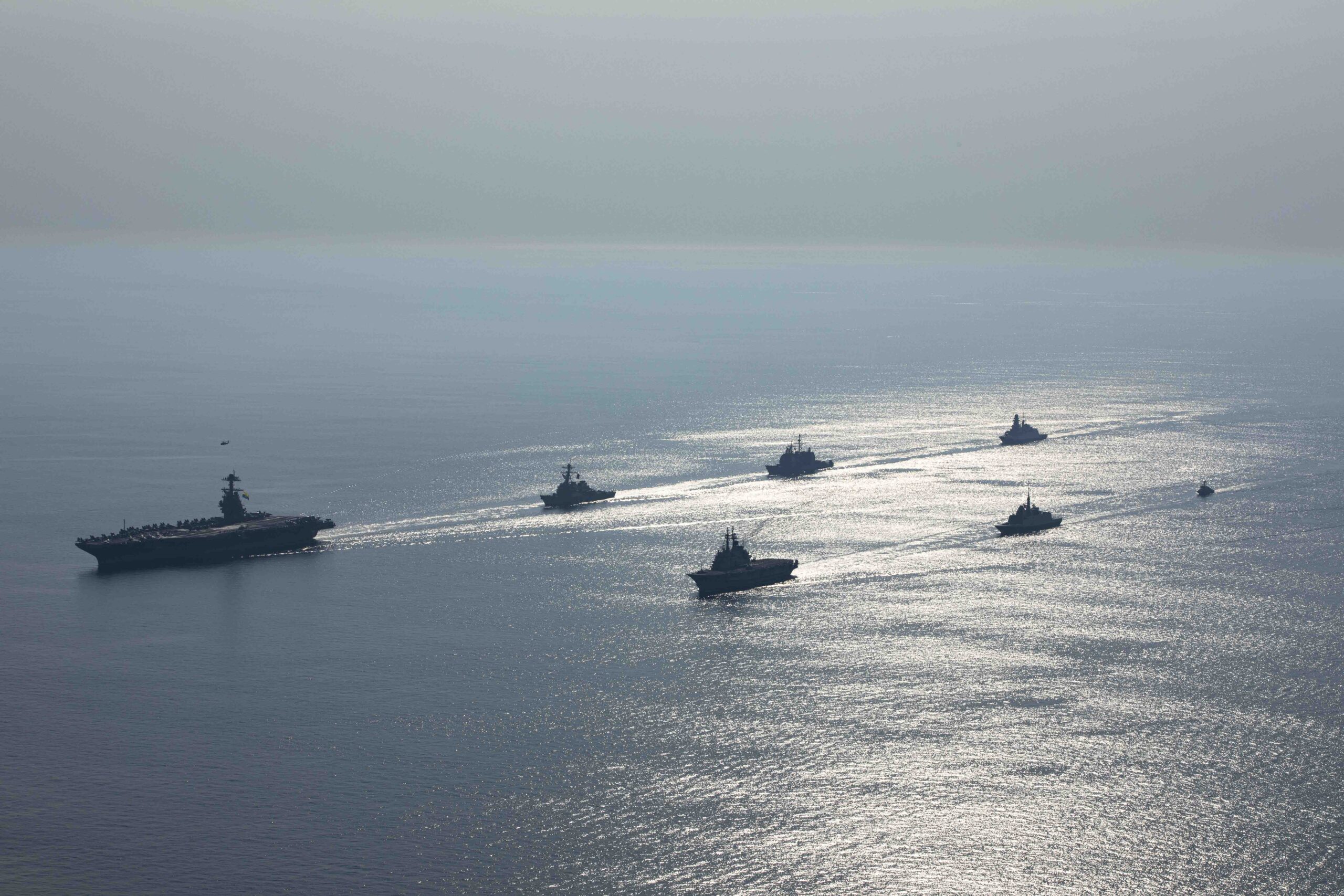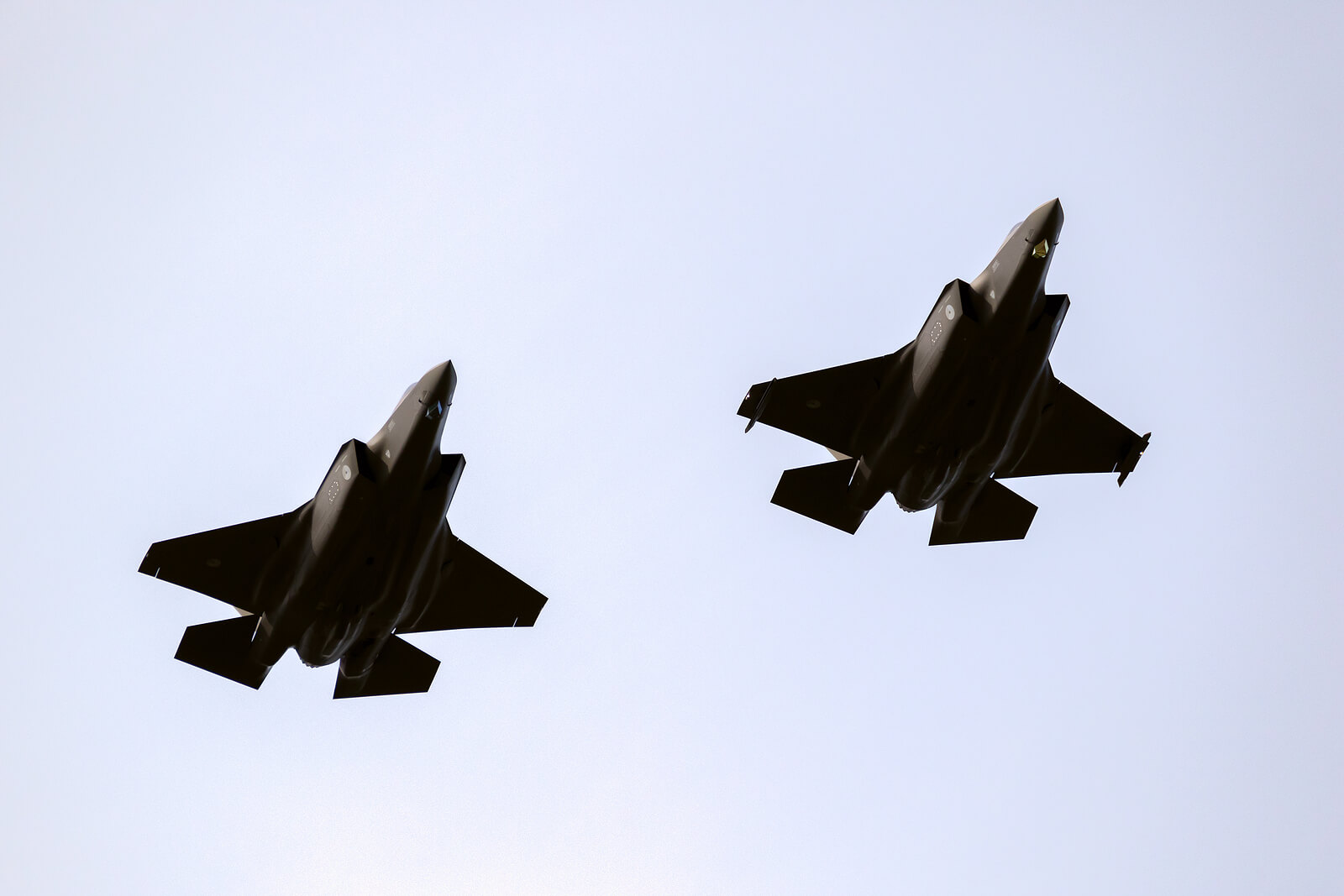
U.S. Navy Needs to Build Back its Sea Mine Capability
The nation’s mine infrastructure is facing a historic nearly-40 plus year period of neglect and under-investment since the end of the Cold War. This decay also includes industrial capacity, explosives, training, infrastructure, ships and personnel.










